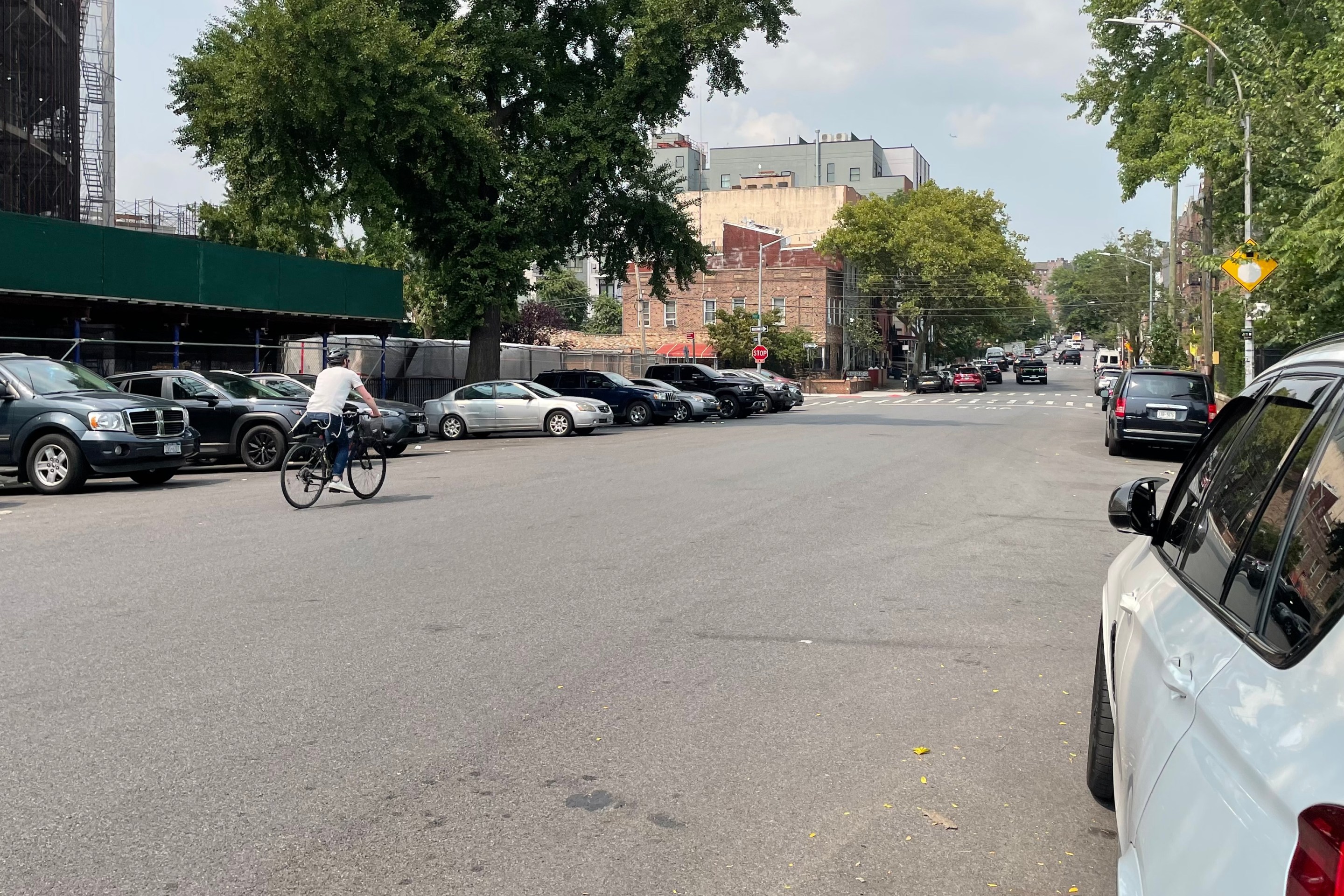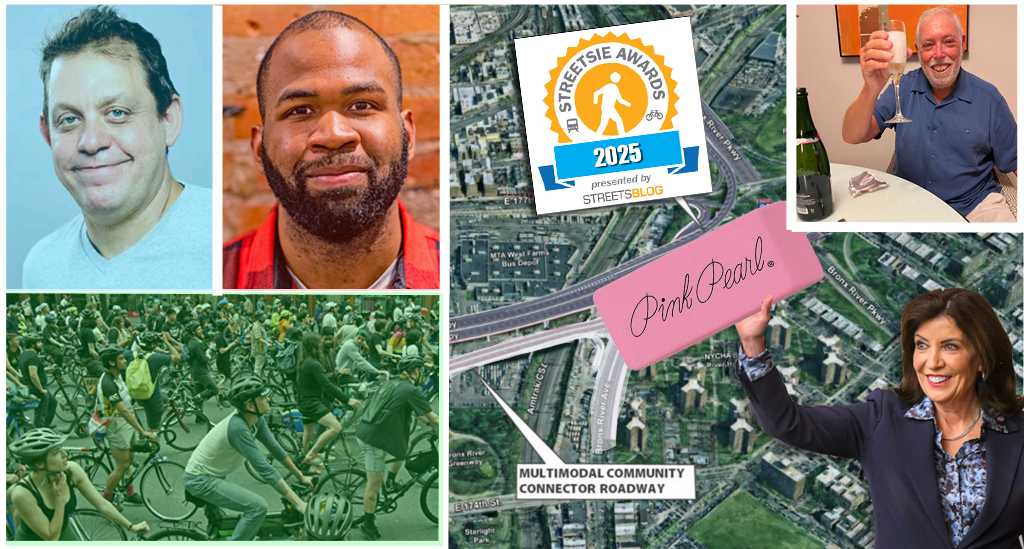
Economists and lawmakers are batting around increasingly large figures for the Obama admin's upcoming stimulus package -- 300 billion dollars, 500 billion, a trillion? Whatever the final sum, a big cut will get plowed into transpo projects. The question is whether all that money will perpetuate an outdated system or lead toward a future where cars and gas aren't seen as basic necessities for most Americans.
This piece from William Gale and Bruce Katz of the Brookings Institution maps out some smart principles for the people who'll be making those decisions. Stop spreading transpo funds around the country "like peanut butter," they tell the feds, and target places with the biggest concentrations of people...
Lost in a morass of pork and politics, federal infrastructure policytoday is an unaccountable free-for-all. Though there is little economicjustification for making broad improvements in all places, that isexactly how the American transportation structure operates. The 6,373earmarked projects in the latest federal transportation authorizationillustrate the problem. It's not just the distaste for earmarks but thepolitically driven scattershot approach. The result is that only halfof the projects go to places that matter most to the American economyand would benefit most from the investments: the 100 largestmetropolitan areas, where 75 percent of GDP is produced.
Katz, you may recall, is one of the leading candidates to head up the new Office of Urban Policy in the Obama White House. So hopefully we'll get to see whether this idea can survive the Senate, where Alaska wields the same number of votes as New York.
In terms of modal preference, Katz and Gale make no pronouncements, but the goals they describe don't seem all that compatible with 18-lane elevated highways:
The focusshould be on investing in infrastructure that supports thecompetitiveness and environmental sustainability of the nation insteadof funding individual states or spending on singular needs.
Toscore this, the nation needs a strong, deliberate and strategic federalgovernment to do what is necessary to keep America competitive. Whatwould that mean?
It means setting strict criteria for thebillions of infrastructure dollars that are spent as part of thestimulus. Such criteria should include a real assessment of economicbenefits and costs that consider environmental, energy, and socialimpacts. We should only invest those dollars where the nation hasassurances of high returns.
It means holding the grantees -- thestates and metropolitan planning organizations -- accountable throughongoing audits to ensure public dollars are being spent as efficientlyand effectively as possible. The direct loss of future federal fundsshould be a genuine consequence for failing to meet basicaccountability standards.
It means making focused, targetedinvestments in those gateways and corridors that are the critical nodesof international trade and inter-metropolitan commerce, rather thanspreading infrastructure funding around the country like peanut butter.An independent national infrastructure bank should be established todefine and finance those projects of substantial regional and nationalsignificance now and in the future.
Photo: Wikimedia Commons





